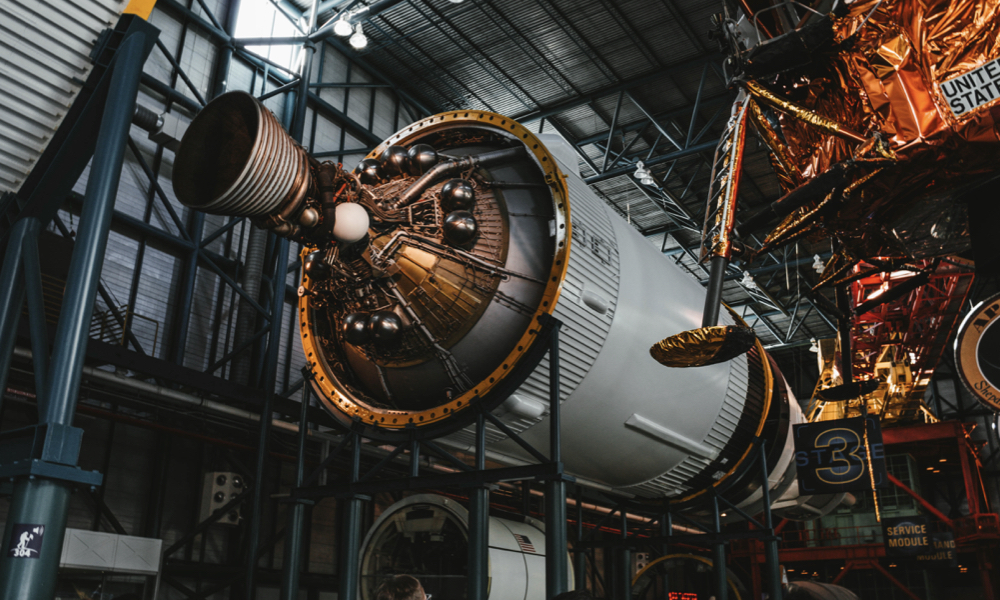
ESA Open Invitation to Tender AO9918
Open Date: 07/10/2019
Closing Date: 29/11/2019 13:00:00
Status: ISSUED
Reference Nr.: 19.123.15
Prog. Ref.: NMS – Poland
Budget Ref.: E/0907-06 – NMS – Poland
Special Prov.: PL
Tender Type: C
Price Range: 200-500 KEURO
Products: Non Space Procurement/Services
Technology Domains: Others
Establishment: ESTEC
Directorate: Directorate of Tech, Eng. & Quality
Department: Mechanical Engineering Department
Division: Propulsion & Aerothermodynamics Division
Contract Officer: Binedell, Carla
Industrial Policy Measure: N/A – Not apply
Last Update Date: 07/10/2019
Update Reason: Tender issue
The potential future ban of hydrazine and its derivatives by the European Union REACH regulation has spurred a search for alternative propellants, which is ongoing since the beginning of the 21st century. Future candidate propellants, replacing hydrazine monopropellant or MON/MMH (or NTO/MMH) bipropellants, need to be as performant as the conventional propellants, while being both environmentally friendly in the reaction products and significantly safer in handling. Aside from the ecological advantages and the increased safety of ground operators (by avoiding toxicity and carcinogenicity), safer handling will also help to reduce cost. In order to leverage the above mentioned benefits of green propellants however compatible and reliable equipment, (thrusters, valves, tanks, etc.) needs to be developed, before spacecraft designs can switch to green propulsion. To reduce project risk, typical spacecraft projects require the equipment of the propulsion subsystem to be at a TRL of 6, when the project reaches phase B of planning and implementation. A typical class of bipropellant thrusters lies in the thrust range of 10 N to 25 N and can be used for orbital manoeuvring and reaction control purposes. As such those thrusters need to be able to fulfil different purposes and therefore need to be able to operate both in pulsed mode firing (PMF) and steady state firing (SSF). The goal of the activity is therefore to increase the TRL on theequipment of a 10-20N Green Bipropellant Thruster.The objective of this study is the design, manufacturing and hot fire testing ofagreen bipropellant 10-20N thruster. The green bipropellant thruster must demonstrate an outstanding response time (e.g. < 25ms). Therefore, the use of a hypergolic propellant combination is suggested but not required. The activity shall include procurement of flight-like thruster valves, development of the test setup injector system development.The activity shall include the following: Review of the state of the art for this equipment and associated manufacturing and materials. Preliminary design and analysis of potential solutions. Trade-off of preliminary design solutions, down selection of several potential baseline designs. Creation of a technology development roadmap. Design and manufacture of a breadboard demonstrator. The use of available tools and test benchesis recommended if possible, in order to minimise cost. Hot fire testing of breadboard demonstrator and evaluation of preliminary results.
If you wish to access the documents related to the Invitation to Tender, you have to log in to the ESA Portal.
